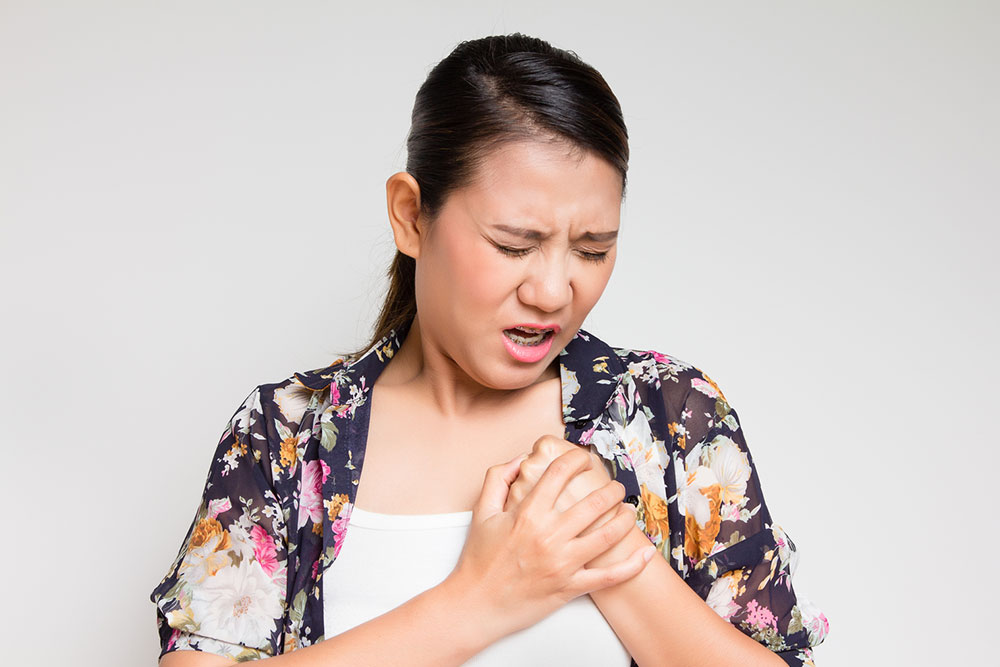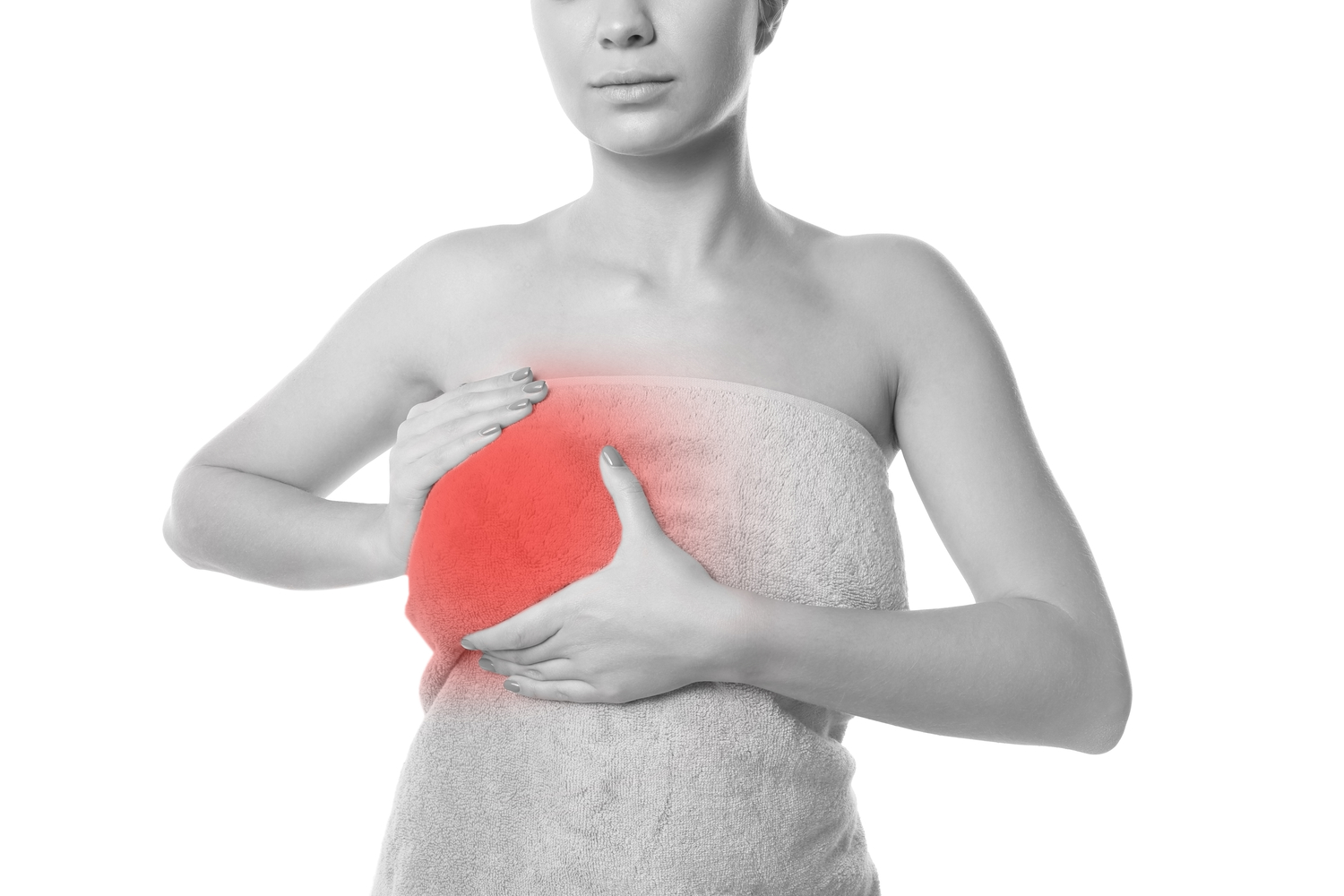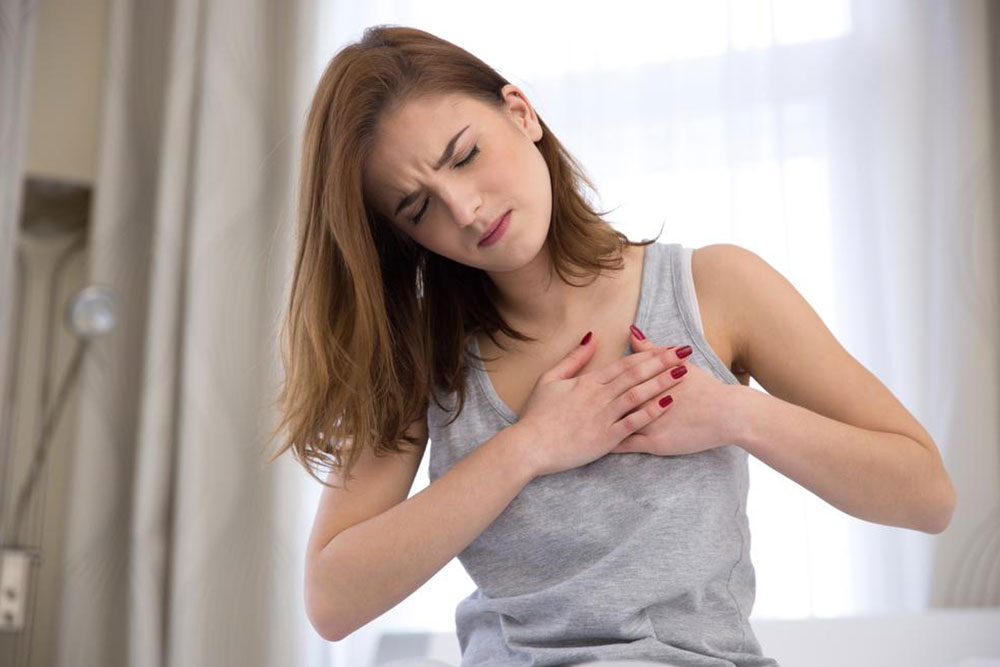Comprehensive Guide to Left Breast Discomfort: Causes, Symptoms, and Treatment Strategies
This comprehensive guide explores the causes, symptoms, and treatment options for left breast discomfort. Understanding the common reasons behind breast pain, when to seek medical care, and the effective remedies available can help women manage their symptoms confidently. From hormonal fluctuations to infections and injuries, learn how to identify potential issues and adopt appropriate self-care strategies to alleviate discomfort and maintain breast health.

Comprehensive Guide to Left Breast Discomfort: Causes, Symptoms, and Treatment Strategies
Experiencing discomfort in the breast area is a common concern among women worldwide. Often referred to as mastalgia, breast pain can significantly affect daily comfort and quality of life. According to recent statistics from various medical studies, approximately 50% to 70% of women report experiencing some form of breast-related pain at different points in their lives. While such discomfort can be alarming, the majority of cases are benign and do not indicate serious issues like breast cancer.
This detailed guide delves into the nature of breast discomfort, specifically focusing on pain localized to the left breast. It addresses common symptoms, explores the diverse causes behind this pain, and discusses effective treatment options. Understanding when to seek medical attention is vital for proper management and peace of mind.
Left breast discomfort can originate from various internal and external factors. Recognizing these triggers is essential for proper diagnosis and treatment. Below, we examine the primary causes behind localized left breast pain and suggest appropriate remedies and preventative measures.
Common Causes of Left Breast Pain in Women
Trauma and Injury: The breast tissue is highly sensitive, comprising skin, ducts, lobes, nerves, and blood vessels. Any impact, blow, or injury can damage these delicate structures, resulting in pain, swelling, or bruising. Post-injury scar tissue formation can sometimes mimic tumor lumps, which complicates diagnosis and may require further medical evaluation.
Post-Surgical Discomfort: Surgeries such as breast augmentation, reduction, or reconstruction often involve incisions, sutures, and tissue manipulation. These procedures can cause temporary soreness, tenderness, and swelling shortly after the operation. Long-term discomfort may occur if scar tissue develops or if nerve endings are affected during surgery.
Infections and Inflammations: Conditions like mastitis, which is an infection of the mammary glands, are common in breastfeeding women but can also affect non-lactating women. Bacterial infections or inflammations in the ducts, cysts, or fibroadenomas can produce significant pain. Small blisters or sores near the nipple may also cause sharp, burning sensations.
Hormonal Fluctuations: Hormonal shifts during menstrual cycles, pregnancy, or while using hormonal contraceptives often result in cyclical breast pain. Fluctuations in estrogen and progesterone levels cause breast tissue to swell and become tender. Additionally, hypothyroidism (low thyroid hormone levels) can contribute to benign breast disorders, resulting in discomfort.
Infections and Inflammatory Conditions: Bacterial infections require prompt treatment with antibiotics to prevent complications. Symptoms like redness, warmth, swelling, and persistent pain should prompt a visit to the healthcare provider. Detecting and treating underlying infections are crucial for relief and prevention of further issues.
Presence of Lumps: Any palpable lump or mass in the breast warrants immediate medical assessment. Whether benign or malignant, lumps need evaluation through imaging and biopsy to determine their nature. Early diagnosis is critical in managing breast health effectively.
Treatment and Management of Left Breast Pain
Wearing a well-fitting, supportive bra throughout the day helps reduce strain on the breast tissues.
Over-the-counter (OTC) pain medications such as ibuprofen or acetaminophen can alleviate mild to moderate pain.
Applying topical NSAID gels, like diclofenac or ibuprofen cream, directly to the painful area can provide localized relief.
Reducing caffeine intake from coffee, tea, or chocolate might help lessen breast discomfort in some women.
During physical activity, wearing a supportive sports bra can prevent additional strain and pain.
Avoiding smoking, which constricts blood vessels and exacerbates inflammation, can also be beneficial.
In some cases, healthcare providers may prescribe specific medications to manage persistent or severe pain. These include:
Danazol, often used for fibrocystic breast disease, can help reduce symptoms.
Tamoxifen, widely used in breast cancer treatment, may also alleviate certain types of breast pain.
Goserelin, an LHRH agonist, can be used off-label to treat hormonal-driven breast discomfort.
Toremifene, approved for treating breast pain and inflammation, may provide relief in some cases.
When Should You Consult a Healthcare Professional?
If breast pain persists beyond a few weeks despite self-care measures.
If the discomfort intensifies or changes in character over time, indicating possible underlying issues.
If pain begins to interfere with daily activities, work, or sleep quality.
If you notice any unusual changes, such as skin changes, nipple discharge, or new lumps.
Seeking prompt medical advice ensures accurate diagnosis, appropriate treatment, and peace of mind. Remember that while most causes of left breast pain are benign, ruling out serious conditions like breast cancer is essential for your health and well-being.





